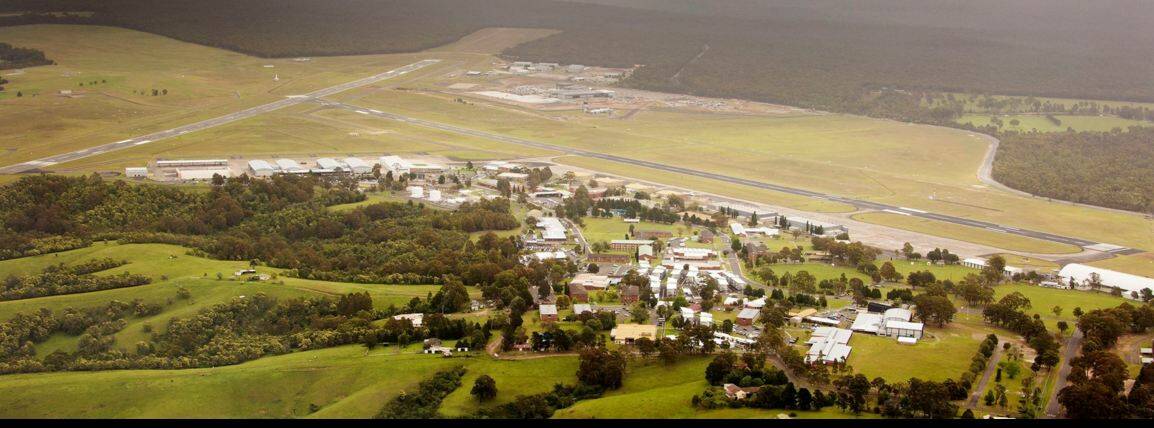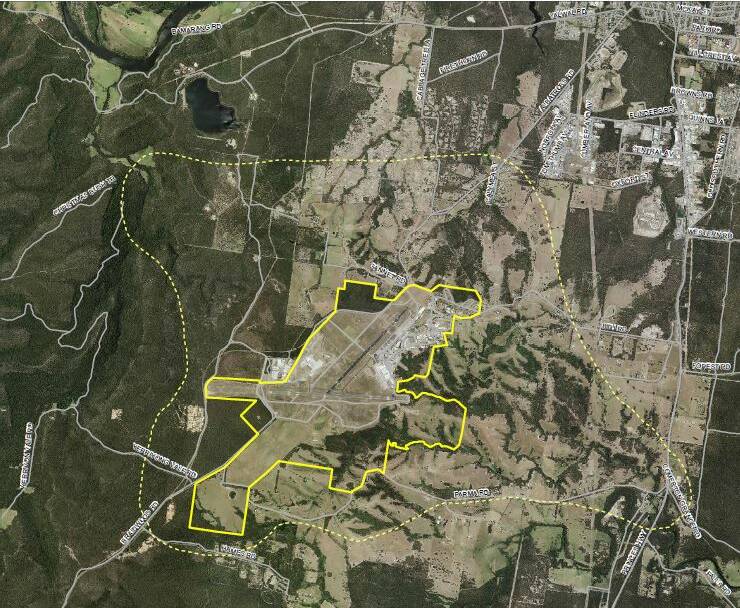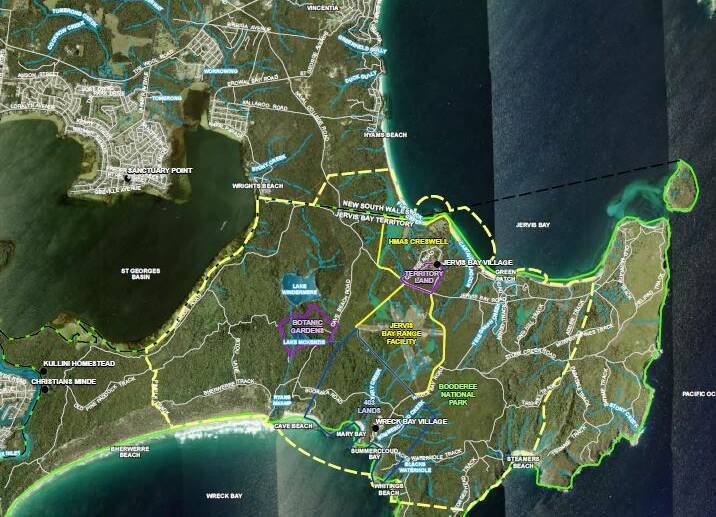
Local Royal Australian Navy establishments HMAS Albatross and the Jervis Bay Range have been listed as sites under investigation by Shine Lawyers for possible class action against the Department of Defence over the use of PFAS chemicals.
Subscribe now for unlimited access.
or signup to continue reading
In February this year, Shine reached a $212.5 million payout from Defence, over alleged contamination of Oakey, Williamtown and Katherine communities, and is now "pursuing justice for landowners across Australia whose land value has been impacted as a result of PFAS chemical contamination".
The company has another a major action featuring seven locations nationwide, including Richmond and Wagga Wagga in NSW.
The class action alleges defence negligently allowed toxic chemicals known as 'PFAS' to escape from bases, contaminating local environments, which have negatively impacted properties, land values and the livelihoods of surrounding communities.
PFAS - per- and poly-fluoroalkyl substances - are a group of chemicals that include perfluorooctane sulfonate (PFOS), perfluorooctanoic acid (PFOA) and perfluorohexane sulfonate (PFHxS).
They were widely used in firefighting foams at a number of locations, including defence facilities such as Albatross and the Jervis Bay Range, which also takes in HMAS Creswell, until being phased out in 2004-05.
PFAS chemicals are bioaccumulative - they do not break down in the environment, and are predominantly spread from contamination sites with water movement.

Read more:
PFAS contamination has been found at the Jervis Bay Range, HMAS Creswell and numerous surrounding areas. There has also been a number of other sites identified in the Shoalhaven including naval base HMAS Albatross.
Further class actions are being considered, with HMAS Albatross among four possible locations listed in NSW (including Blamey Barracks (Kapooka), Holsworthy Barracks and Singleton Military Area) and the Jervis Bay Range as the only one in the Jervis Bay Territory.
Shine Lawyers says it is investigating a potential class action for the chemical contamination of soil and groundwater in and around Jervis Bay, that borders HMAS Creswell and JB Range Facility.
On its website Shine says the ADF regularly conducted firefighting drills during the 1970s to at least 2004, using a type of firefighting foam known as Aqueous Film Forming Foam (AFFF), with Creswell and JB Range Facility historically using this foam during training.
The ADF started a detailed site investigation at HMAS Creswell and Jervis Bay Range Facility in March 2017, with the results detecting PFAS in surface water, groundwater and sediment around the base.
The report found widespread PFAS contamination in groundwater both on and off-base, exceeding health-based recommendations for drinking water.
"This class action is intended to be for members of the Jervis Bay community who own, or have owned property in the contaminated area, with Shine Lawyers investigating whether the PFAS contamination has negatively impacted land values in Jervis Bay," the website says.
"The Jervis Bay investigation does not include personal injury claims for exposure to the PFAS contamination. We will, however, continue to investigate the potential of a class action for people whose health has been adversely affected by exposure to PFAS chemicals."

While no details regarding any action around HMAS Albatross is listed, it has been well-documented that PFAS has managed to travel from the Nowra Hill base, with traces found both in the Shoalhaven River and Curambene Creek.
In June 2018, Defence completed a detailed environmental investigation, into the nature and extent of PFAS from historical use of firefighting foams on, and in the vicinity of Albatross.
The outcomes of the investigation have been used to develop a PFAS Management Area Plan (PMAP) for the management area.
Under the PMAP defence will work to reduce the identified exposure scenarios.
Manage PFAS in soil at the former on-base firefighting training area which has been identified as a key source of contamination. Management options could include excavation and removal of contaminated soils, immobilisation or soil "capping".
Further investigations will be conducted to determine how PFAS is entering the base sewer network, and then implement a management solution to reduce PFAS movement off-base through the sewage system.
Defence must also manage contaminated surface water leaving the base through the drainage network, which may involve the installation of treatment systems to "pump and treat" surface water or passive management options.
It must also continue to assist NSW Government in the implementation of precautionary dietary advice (eg advice to limit consumption of certain species of fish and crustaceans from the Shoalhaven River and Currambene Creek) and conduct ongoing monitoring of PFAS concentrations in surface water and groundwater.
If you have any questions or require any assistance in registering for the class action, contact Shine's PFAS Contamination Class Action team on 1800 066 173.


